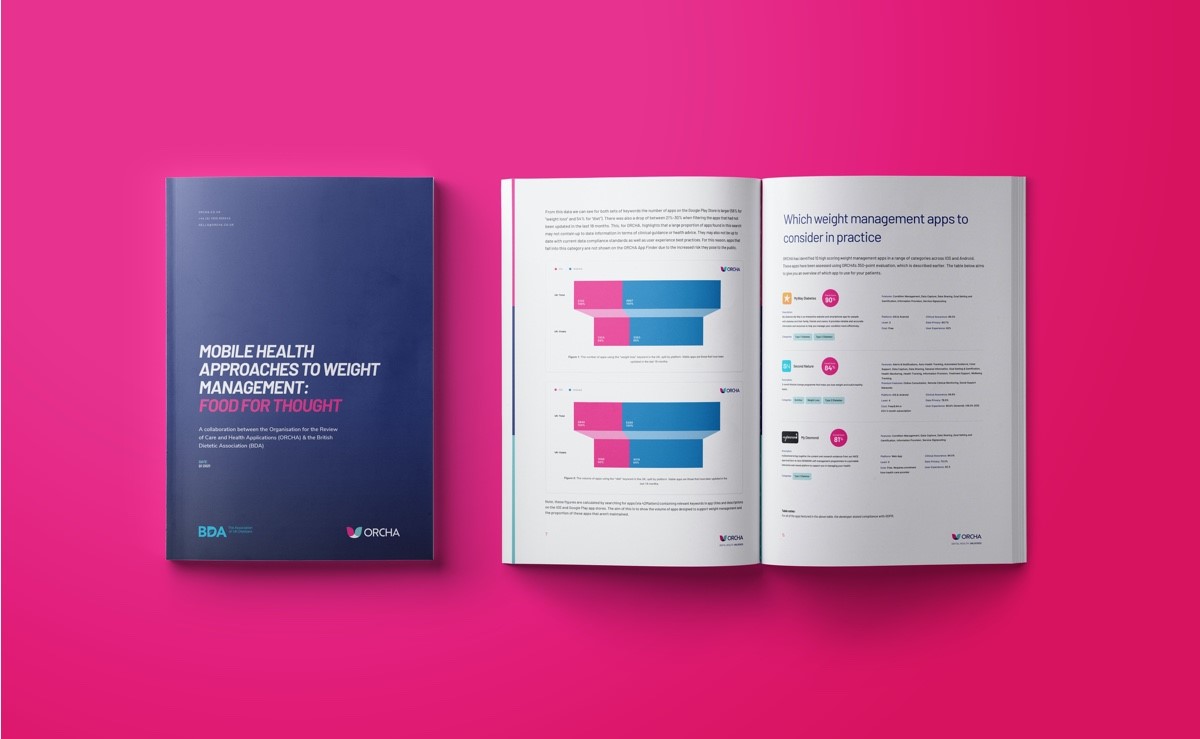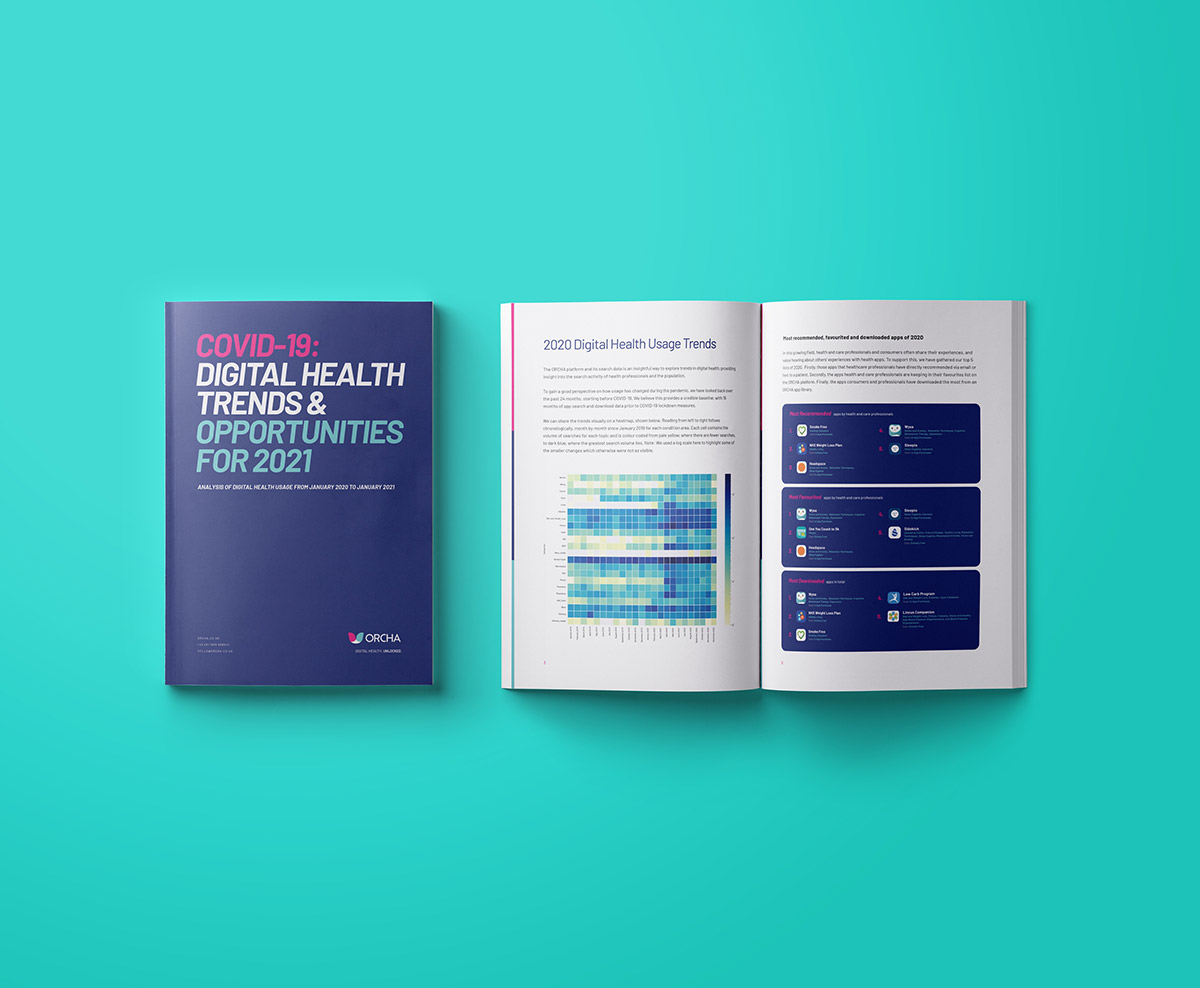The unprecedented challenges that the COVID-19 crisis has thrown up for the world’s health and care systems and wider society have, in many ways, created equally climactic opportunities for many aspects of digital health. Cometh the hour cometh the technologies, to poorly paraphrase the classic line. But it was immediately clear that digital health solutions were uniquely placed to provide support to a world in lockdown.
The obvious need to switch to remote consultation approaches was at the vanguard of this. Whilst excellent telehealth and telecare provision has been available for many years, and in recent times this has extended to mobile versions of these models, the traditional slow rate of adoption within healthcare of new technology and new systems of work has meant that these solutions have remained at the periphery of health and care delivery; until now. The rate of adoption over the past few weeks has been nothing short of miraculous, with self-isolation providing the stimulus for digital adoption.
What is however more significant is the growing reports of clinicians and professionals acknowledging that these models of care are not just suitable for the strictures of the COVID-19 challenge. COVID-19 or not, these models and approaches to care delivery are likely to have provided significant patient and health service benefits, had they been the norm long before now. The recent uptake of digital health solutions also suggests these may be a central element of care going forward, beyond the unique circumstances of COVID-19.
The adoption of these models in other care settings has often been slower even than in primary care. As outpatient clinics, psychological therapies, diagnostic services, and routine ‘check-ups’ become increasingly inaccessible to not just the ‘shielded’ and vulnerable, but all; the value of extending access to these types of activities via digital health, is clear. In fact, the use of digital health technologies may for some time be the only means of ensuring that we remain on the right side of our need to provide equal access for equal needs and ensuring that wider health and care systems remain functional during this unprecedented crisis.
But digital health is much more than online consultation. Properly considered digital health is capable of transforming pathways of care and delivering not only significant efficiency into working processes but also extending access and availability of limited resources. It is also capable of even improving the quality and reliability of the therapeutic options selected and ultimately the quality of a patient’s health and care outcomes. A classic example of this is the growing array of solutions that support the self-management of acute conditions, thereby enabling the remote monitoring of patients by healthcare teams. From an efficiency perspective, there are innumerable examples of where this type of solution can assist healthcare teams to streamline face-to-face engagement, by identifying only those within a particular patient population that need that level of intervention. This not only offers the opportunity to save vast numbers of unnecessary appointments and free up capacity for those who really need it but also improves quality of life for those patients who are not required to attend.
Yet even the amazing opportunities that self-management and remote monitoring solutions offer are dwarfed by the emerging array of evidence-based diagnostic or ‘risk-management’ tools now on offer. These solutions, often using cutting-edge AI approaches, typically provide extended diagnostic evaluation; often directly into the hands of the patient themselves. They are capable of automating or semi-automating aspects of the diagnostic journey to enable much earlier interventions in many key disease and condition areas, whilst at the same time reducing the burden on already stretched traditional diagnostic functions. Again, it is to be hoped that these solutions are more rapidly embraced as a result of the considerable issues with delivering traditional diagnostic models in the COVID-19 world. But once embraced and road tested with patients and healthcare providers as part of our temporary ‘routine care’ shift, there will come a question that requires answering, as to whether or not these technologies should become mainstream components in future health and care delivery.
Given the current role digital health solutions are playing in the COVID-19 crisis, and the increasing switch to digital care processes, the question remains as to why these technologies have not been routinely adopted previously, and perhaps more importantly, what barriers remain to their adoption even with the huge impetus that the COVID-19 lockdown offers. The answer is multi-layered, but in short, is centered on the issues of assurance, evidence, and governance.
The Assurance Gap
Digital health has for a long time been viewed as a lesser science in many health and care quarters. It is often considered lightweight and superficial, and even where solutions are developed by very respected institutions and individuals with evidence analogous to the standards expected of pharmaceutical medicine, the specter of the overall digital health landscape remains a barrier. It is perhaps unsurprising that a concept such as digital health, which spans such a breadth of solution types including very functionally ‘simple’ products, will suffer from overall brand confusion. For example, does digital health include such mega-brands as FitBit, MyFitnessPal, or Strava? Are Calm and Headspace really part of the digital health club? In essence, this simply highlights the age-old debate, of ‘When does wellbeing become health?’ and ‘What is the line beyond which digital health becomes something more weighty and more significant?’
The coexistence of hugely complex and sophisticated products and services with extremely basic and simple solutions is not unique to the digital health space. Medical devices and the regulations underpinning them – which are largely respected and relied upon by the health and care systems that engage with them – cover latex gloves and surgical gowns (and dare we say PPE?), right through to MRI scanners and robotic surgical assistants. It is therefore not the fact that digital health exists on a similar spectrum of functional difference and complexity that is perhaps the key issue. It is – and this is reflected in numerous studies and surveys – the fact that unlike medical devices, or pharmaceuticals, ‘digital health’ does not have a clear and reliable regulatory or assurance framework.
Of course, digital health is still subject to many of the surrounding regulatory processes and procedures that govern other health and care products and services. An increasing number of digital health products are, for example, classified as medical devices and this trend will be accelerated and magnified in the EU jurisdictions when the Medical Devices Regulations eventually come into full effect. Most ‘digital health’ products are governed by data and privacy regulations such as GDPR, and solutions that deliver ‘virtual healthcare’ services will usually have similar licensing or certification requirements to traditional ‘bricks and mortar’ operations.
However, these pre-existing regulatory structures do not apply uniformly to the myriad array of ‘digital health’ solutions, and in many instances are not well designed for these new models of health and care delivery. A good example is the issue of evidence which is a key requirement under most medical device regulations. For well-established products and services, the relevant expected standards of evidence are relatively clear. For digital health however this is less obvious, and there remains a relatively large vacuum in understanding what ‘types’ of evidence are required in what circumstances. Initiatives such as the Evidence Standards Framework for Digital Technologies (ESF) developed by the UK’s National Institute for Health and Care Evidence (NICE), illustrates the need for new thinking in this space, that will, in turn, support the interpretation of existing legislation that was crafted in a time pre ‘digital’.
Even though existing regulation does often apply to digital health, this does not seem to be enough in and of itself to satisfy health and care systems, bodies, and professionals that these tools are safe and effective. There remains an ‘assurance gap’ that continues to inhibit the progress of digital health technologies. For an increasing number of health and care systems across the world, this assurance gap has led to the development of specific and targeted digital health accreditation regimes which have been challenging to develop, deliver, and scale.
Challenging but not impossible – digital assurance for a digital age
It can be tempting to think that closing the assurance gap in the world of digital health is just too hard.
However, that is not the case. Digital health assurance can be effectively delivered and maintained by adopting new and novel approaches to the traditionally conservative field of regulation and certification. What is required is a digital Assurance model to deal with digital products and services. A key element in this is the effective collation, management, and analysis of ‘assurance’ data. Digital solutions have a data footprint like no other. Most drugs cannot tell you whether they have been taken and if so when and by whom. Similarly, most medical devices do not habitually capture information on how they are being used and what users’ experience of that is. Digital solutions can do all of this and more.
In addition, other assurance data is more than ever available ‘online’ with a growing array of APIs and other feeds available to support both the initial evaluation and the ongoing monitoring of any product or service. Customer, user, or patient feedback has never been more readily available and with the rapid progression of natural language processing and machine learning technologies, these vast arrays of data can be manipulated and organized to support assurance regimes and processes.
Models such as the NICE ESF are also emerging to fill the gaps in some key assurance domains and similar initiatives are evolving in areas such as security and user or patient experience.
Case Study – the ORCHA Assessment Model in Action
All of these elements are already coming together to support hundreds of health and care organizations and professionals in the UK and the EU through the ORCHA Review methodology. Our solution adopts a layered approach to assessment and builds the critical assurance data up gradually through distinct phases. It uses a combination of data, technology, and expert human evaluation to deliver highly effective assessment at pace and at a fraction of the traditional assessment cost.
The foundation layer for all we do is known as the ORCHA Review and this covers a significant proportion of the key compliance elements of a review; analyzing a digital solution against over 300 distinct ‘compliance’ metrics ranging from data and privacy to usability and accessibility, and of course clinical/professional assurance.
The ORCHA Review incorporates all of the proposed compliance and conformity assessment components of the emerging draft CEN/ISO Technical Standard that we have been closely involved in developing but builds on it.
The ORCHA Review already supports hundreds of NHS and other health and care bodies in the UK to identify and promote digital health solutions to their populations and provides a foundation ‘digital health formulary’ for thousands of health and care professionals. It has also been adopted by the British Dietetic Association (BDA), The Society of Occupational Medicine (SOM), and the Chartered Society of Physiotherapy (CSP) to support the development of Libraries and Formularies for their members.
The second layer in our model is an ‘Enhanced Review’ layer and this is made up of Enhanced Review Components that our clients can select as part of their own assessment build.
The combination of the ORCHA Review and the Enhanced Review Components has been adopted by the GGZ/MIND organization in the Netherlands to underpin its own digital health assessment model and to support the associated App Library [appweizier] that will promote solutions to its member bodies and through them to the relevant patient populations in the Netherlands.
Many other national bodies are now building this layered approach into their own thinking, recognizing as they do that by doing so they are sharing the assessment burden very effectively and leveraging the most advanced analysis available in this still relatively new market.
However, in the meantime, there is, alongside the opportunity that the COVID-19 scenario affords digital health, also a significant threat. The threat is that in the rush to ‘fast track’ solutions into front-line delivery, assurance is pushed too far away, and potentially substandard and dangerous products are actively promoted to vulnerable populations.
Assurance doesn’t have to be slow if done right
Whilst the assurance gap is still a reality, there are, as we have seen, mechanisms and approaches that can still be utilized to both support the adoption of these technologies at pace and maintain a reasonable standard of oversight and accreditation.
ORCHA can deliver a robust review and assessment of a digital health product within hours. There is therefore no real excuse for a wholesale relaxation of all elements of assurance, which will ultimately risk the gains that digital health might well make in these unusual times.
You can view how we are enabled to do this work via our Review Accreditation Engine in this video link below.





